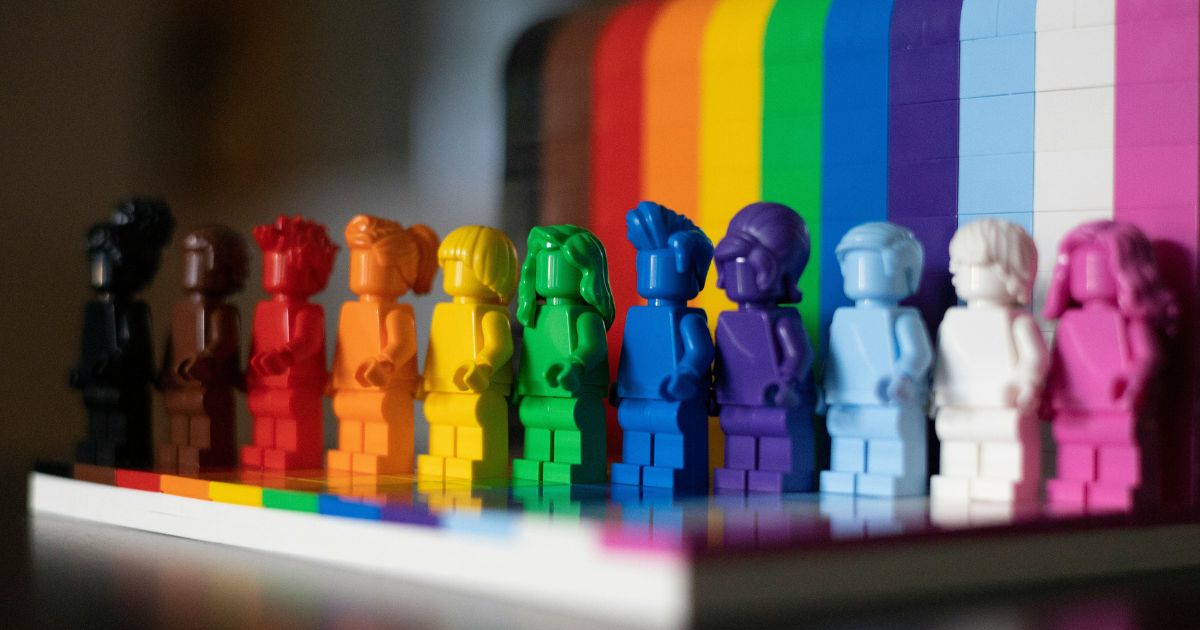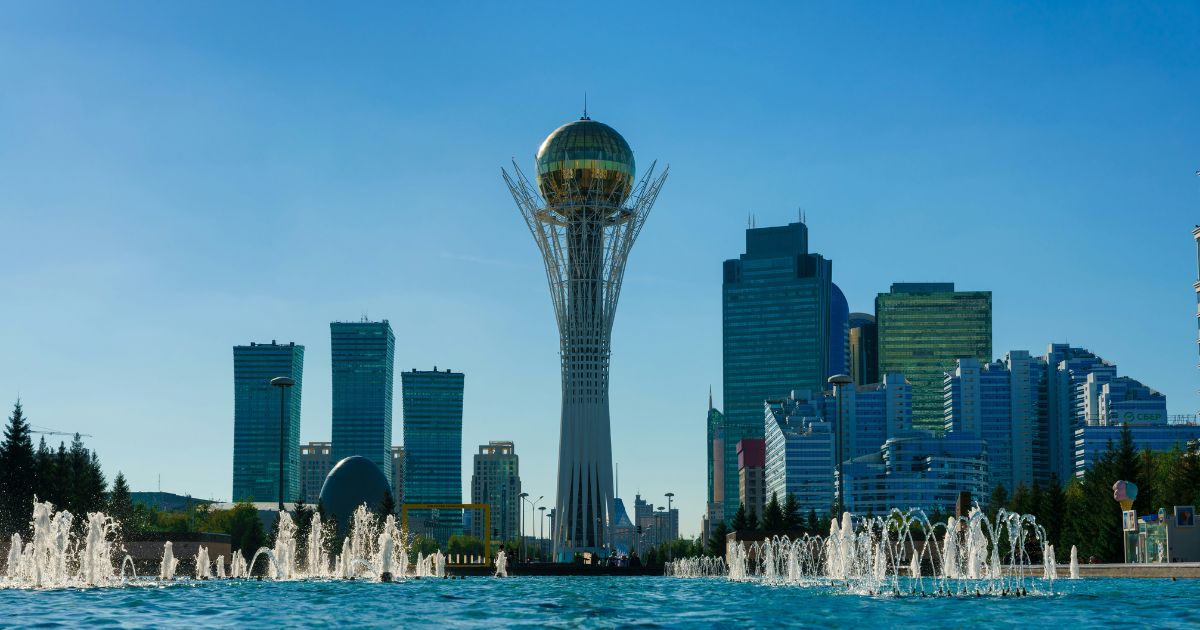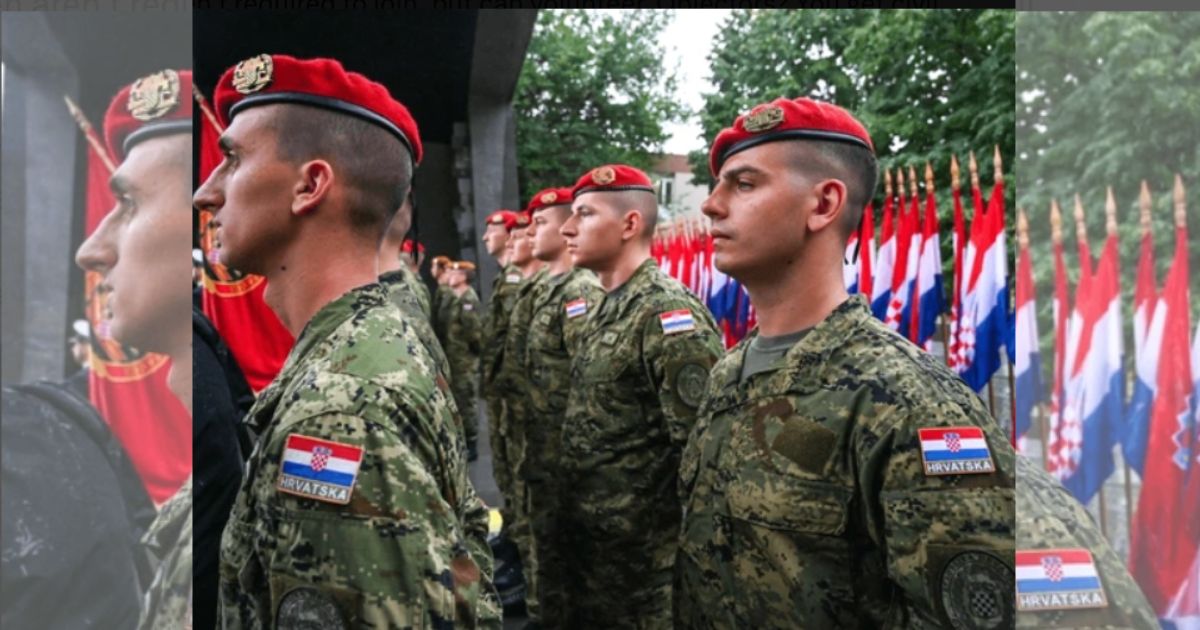There is a close-up face painting of lesbian partners, a scene of naked young men having fun by the sea and one of a flamboyantly dressed, androgynously appearing individual at a carnival.
Queer art has traditionally been overlooked and marginalized but there is an attempt with a new show in Germany entitled “Queer Modernism. 1900 to 1950” to combat previous prejudices and demonstrate the major contribution of queer artists to modernism.
The exhibition, which the public opens on 26th Sept. in the western city of Düsseldorf, highlights art by the LGBTQ+ community in the first half of the 20th century — an era when there was both greater sexual freedom in cosmopolitan hubs such as Paris or Berlin, but also persecution and criminalization of homosexuality, particularly during the ascendance of fascism in the 1930s.
“This is the first big exhibition on this subject in Europe, if not globally,” Susanne Gaensheimer, the director of the Kunstsammlung Nordrhein-Westfalen, said Thursday in an interview with The Associated Press.
With over 130 pieces by 34 artists — mostly paintings and drawings, but also photographs, sculptures and films — the exhibition deals with such topics as desire, gender and sexuality, but also with discrimination and oppression.
The artists featured in the exhibition come from throughout Europe but also America since many queer artists emigrated from there to Europe at the start of the previous century to benefit from the freer atmosphere.
“The queer artists you see here in this show were part of a very active scene in their time,” stated Gaensheimer. “They were all successful in their time, sold paintings, and were part of a very intense movement and also part of the avant-garde.”
Whereas some developed secret codes to depict their homosexuality, others openly and unabashedly represented it. Generally, the artworks depict a broad range of various artistic styles.
Among the pieces on view is one by German-Swedish painter Lotte Laserstein, who portrays herself working as an artist alongside her lover and favorite model Traute Rose. The 1929/30 oil on canvas painting, titled “I and My Model,” features Laserstein holding a palette and paintbrush and Rose looking lovingly over her shoulder.
In the 1913 oil painting “The Source” by Ludwig von Hofmann, the German painter painted three good-looking and naked young men who stood around a spring, drinking from it and observing each other.
The celebrated German writer Thomas Mann purchased the artwork in 1914 and it followed him in his Californian and Swiss exiles wherein it was displayed in his study. Although married and with a family, Mann was homosexual in nature, and he himself exhibited such desires in his private diaries as well as his fiction implicitly.
Several of the queer artists’ works had been dispersed throughout the world due to the upheavals of the two world wars and because in many cases, the artists did not have children to care for them. In many cases, their viewpoints were also relegated to the periphery of the art-historical canon.
“We have been working very intensively for several years now to continually focus on new perspectives on modernism and to introduce artists who are not yet well known, or to present trends and styles that do not appear in the classic narrative of modernism,” said Gaensheimer, adding that the goal was to “broaden the perspective on what modernism was and who contributed to it.”
The exhibition is organized into eight varying chapters, of which one is specifically dedicated to queer resistance since 1933, when the Nazis came into power in Germany. Shortly afterward, they started persecuting homosexuals and further deporting and murdering them in concentration camps.
While some artists remained resistant or emigrated, others collaborated with fascist regimes in order to safeguard themselves.
Even though queer artists encountered numerous challenges throughout the first half of the 20th century, they still commemorated life and queerness in their artwork.
In Gluck’s “Bank Holiday Monday,” a fashionable individual with an elaborate yellow-red-blue scarf can be seen at a fairground by the artist Hannah Gluckstein, born in London in 1895. A second individual stands immediately behind and there is an intimate tension between the two apparently androgynous individuals. They both look as if they are both affectionate and self-assured at the same time.
The exhibition, curated in collaboration with a queer advisory board, will be on view through Feb. 15, 2026.
The museum will also be hosting numerous varied readings, tours and workshops in the coming months, where visitors have the opportunity to delve deeper into the themes of the show.




